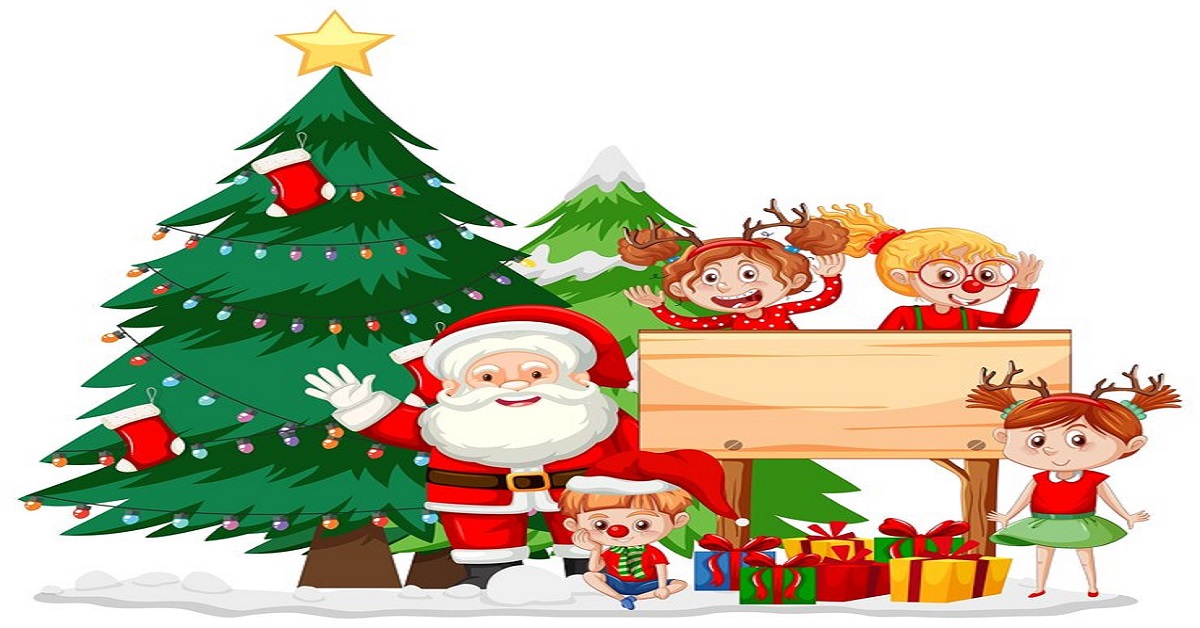Introduction
Santa Claus, the jolly and iconic figure associated with Christmas, embodies the spirit of giving and joy during the holiday season.
This beloved character has a rich history rooted in both folklore and cultural traditions across the globe.
History and Origins
Ancient Roots: One of the earliest influences is Saint Nicholas, a 4th-century Christian bishop known for his generosity towards the needy. His feast day on December 6th became a day of gift-giving in many European countries.
European Folklore: In medieval Europe, stories of Saint Nicholas merged with pagan winter festivals, such as the Norse god. These elements contributed to the evolving portrayal of Santa Claus.
American Evolution: The modern depiction of Santa Claus in the United States was significantly influenced by the 1823 poem “A Visit from St. Nicholas” (commonly known as “The Night Before Christmas”) and illustrations by Thomas Nast in the 19th century. Nast’s illustrations for Harper’s Weekly solidified many of the visual characteristics we associate with Santa today.
The Legend of Santa Claus
Characteristics: Santa Claus is often portrayed as a plump, jolly old man with a white beard, wearing a red suit with white fur trim, and carrying a sack of toys. He travels on a sleigh pulled by reindeer, particularly led by Rudolph with his glowing red nose.
North Pole Residence: According to popular lore, Santa Claus resides at the North Pole with his team of elves who help him make toys throughout the year. His workshop, filled with magic and wonder, is where these toys are crafted in preparation for Christmas Eve.
Gift-Giving Tradition: On Christmas Eve, Santa Claus travels around the world, delivering gifts to well-behaved children by sliding down chimneys and placing presents under Christmas trees. The tradition of leaving out milk and cookies for Santa remains a cherished custom in many households.
Santa Claus in Popular Culture
Iconic Status: Santa Claus has become a universally recognized figure synonymous with Christmas celebrations worldwide.
Cultural Variations: While the core elements of Santa Claus. Are consistent across most cultures, variations exist in how he is depicted and celebrated.
Modern Influence: Beyond Christmas. Santa Claus has become a symbol of goodwill, generosity, and the spirit of giving throughout the year.
Conclusion
Santa Claus represents the magic and joy of Christmas, transcending cultural boundaries to bring happiness to children and adults alike.
Whether through folklore, tradition, or modern media. His enduring legacy continues to shape the festive spirit of the holiday season.
